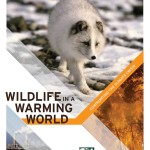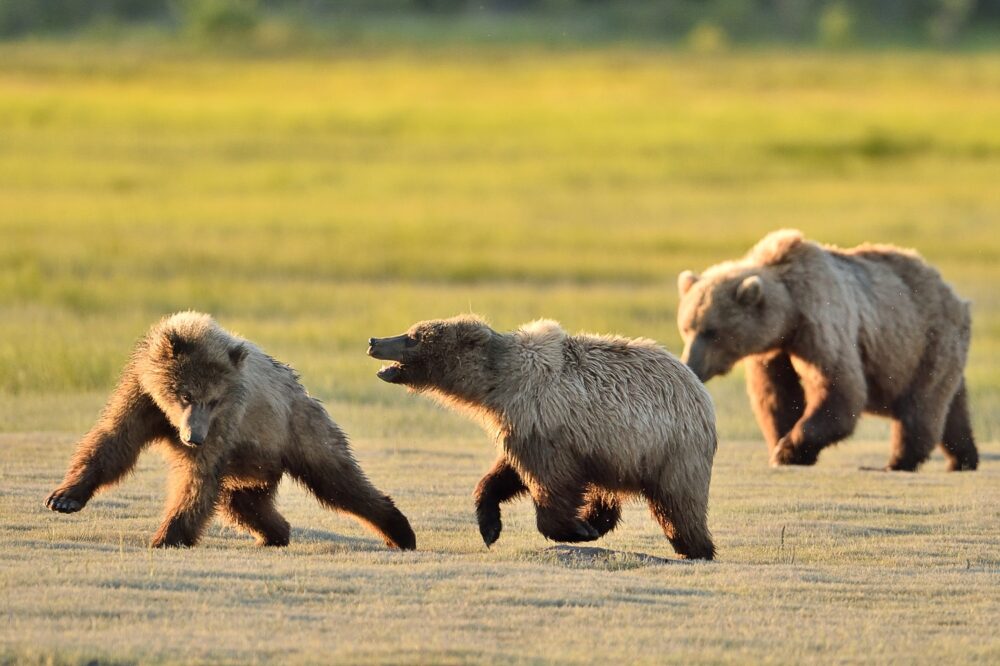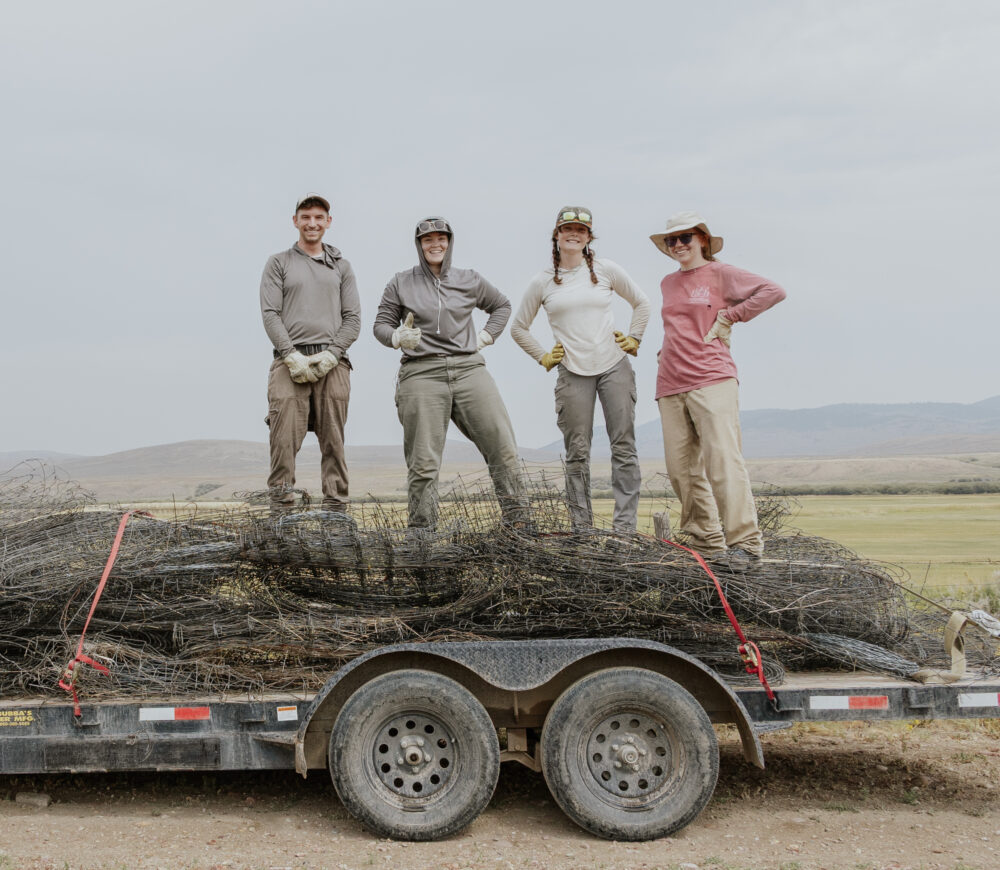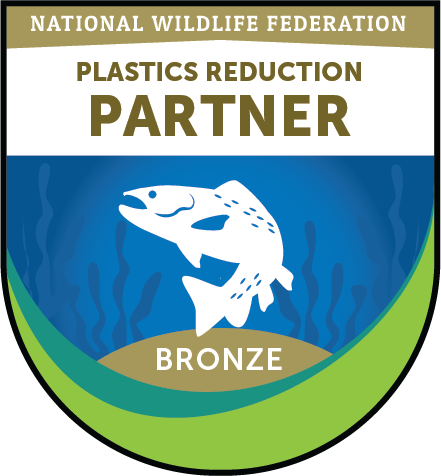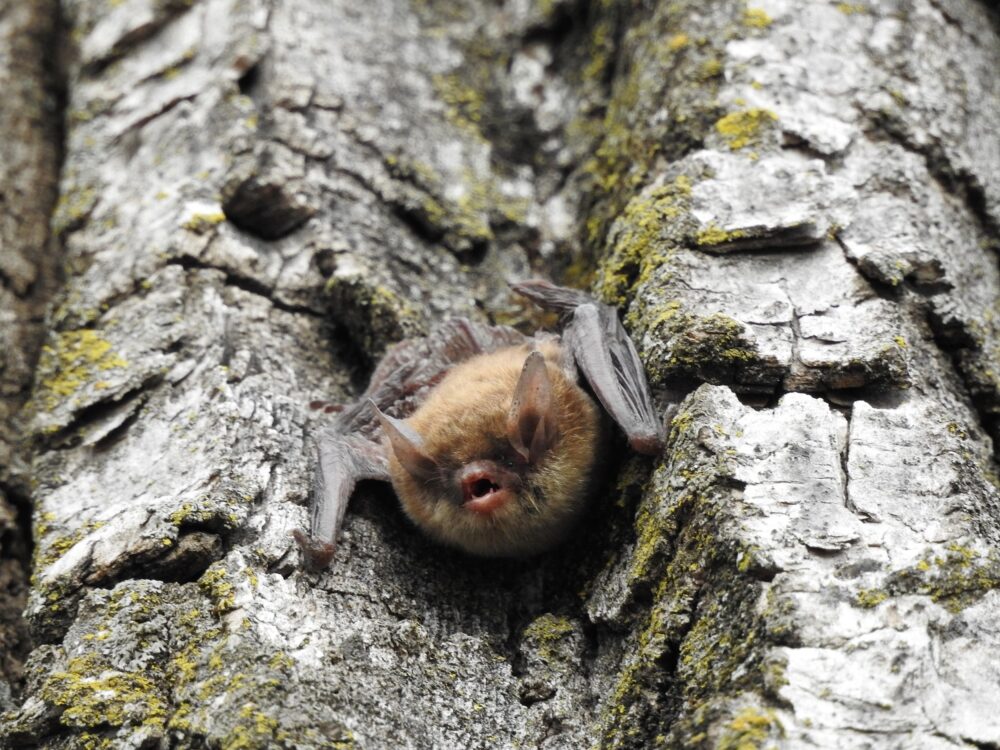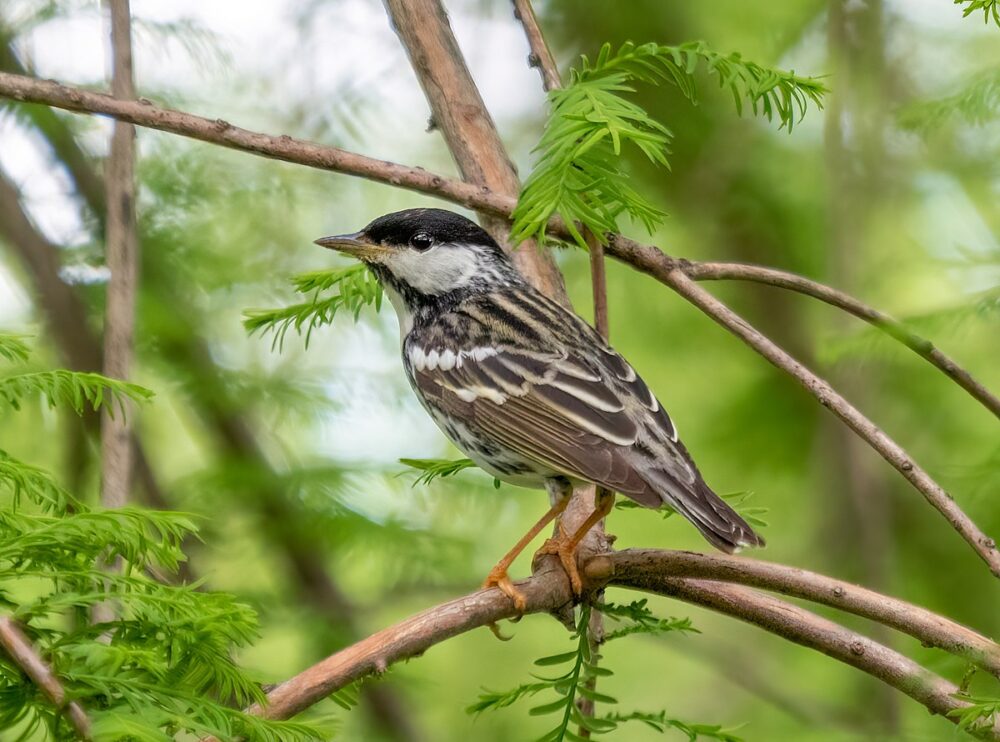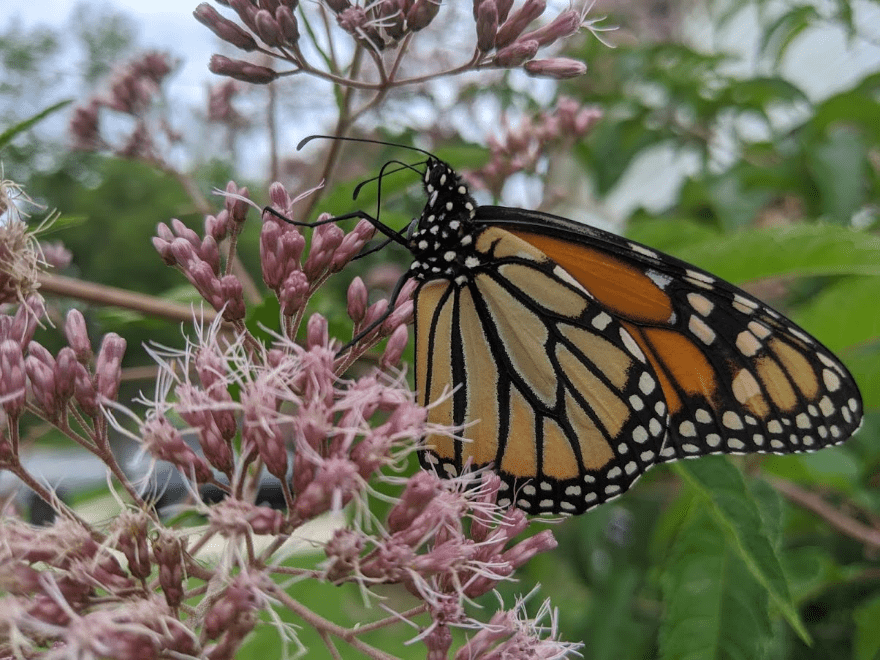We have much more to do and your continued support is needed now more than ever.
A Changing Climate and Keystone XL — Yes They’re Connected
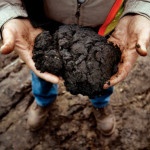
How Tar Sands Impacts Our Changing Climate
Tar sands production in Canada’s Boreal Forest is fueling the climate crisis (not to mention destroying wildlife habitat in the largest terrestrial ecosystems in the world). According to the Environmental Protection Agency (EPA) the Keystone XL tar sands pipeline has the potential to increase carbon pollution by 27 million metric tons of carbon dioxide, the equivalent of 6.2 million cars on the road for 50 years. Woah! That’s a lot of emissions. This project would lock us into decades of dirty fuel dependence at the exact moment in history when we need to take serious action against a rapidly changing climate and embrace our clean energy future. We need to get it together. Our future depends on it.
What This Means For Wildlife
Scientists warn that without significant new steps to reduce carbon pollution, our planet will warm by 7 to 11 degrees Fahrenheit by the end of the century, with devastating consequences for wildlife. The climate crisis is already changing the playing field for wildlife and urgent action is needed to preserve America’s conservation legacy, according to our new report: Wildlife in a Warming World: Confronting the Climate Crisis.
“We know what’s causing the climate changes Americans are seeing in their own backyards and we have the solutions to secure our climate and safeguard our wildlife for future generations,” said Larry Schweiger, president and CEO of the National Wildlife Federation. “What we need is the political leadership to make smart energy choices and wise investments in protecting our natural resources. We can’t leave this problem for our children and grandchildren to fix – they’ll judge us based on what we do now.”
How We Can Transform Our Energy Future
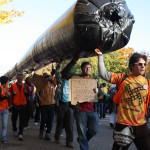
On Sunday, February 17th, join thousands of Americans at a historic rally in Washington D.C. to protect polar bears and other wildlife at risk from climate change.
![]()
Protect wildlife from dirty fuel that is contributing to climate change!

